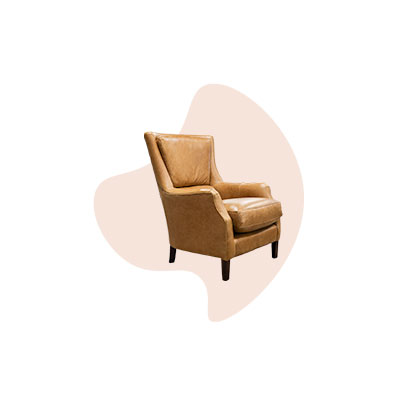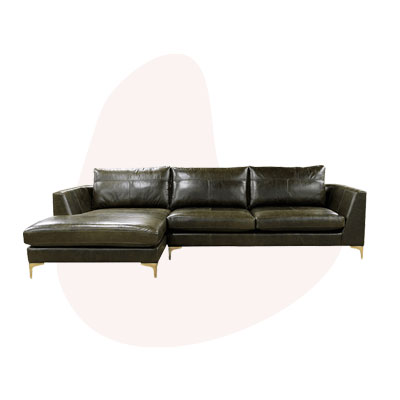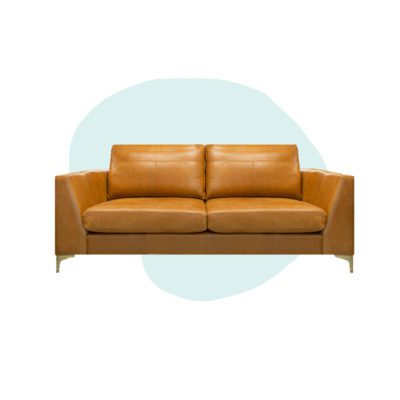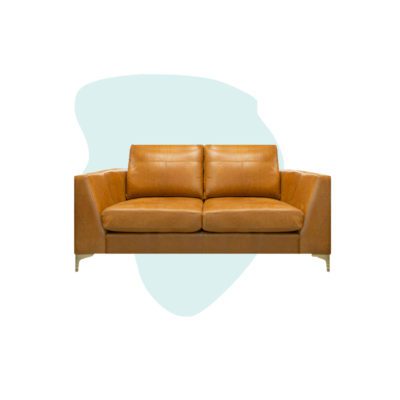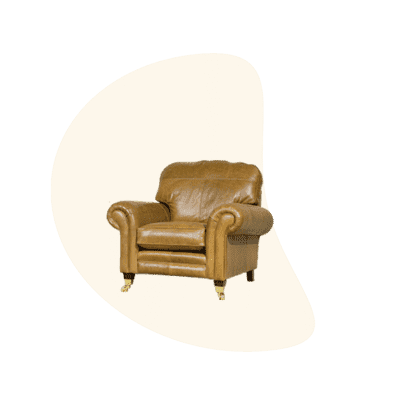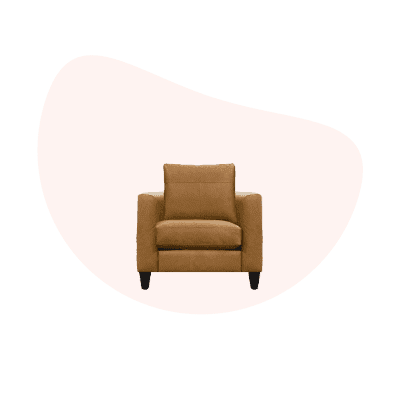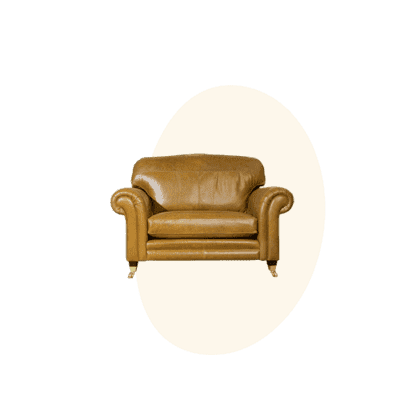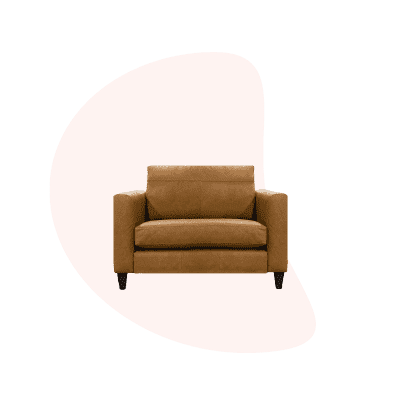Leather sofas have long been celebrated for their sophistication, durability, and timeless style. As a staple of both luxury and comfort, they adorn homes, offices, and various social spaces, blending seamlessly with both modern and traditional decors. This guide delves deep into the world of leather sofas, covering everything from their historical origins to practical buying tips. Whether you’re considering your first leather purchase or looking to expand your knowledge, this guide will provide you with all the information you need to make an informed decision.
History and Evolution of Leather Sofas
The use of leather in furniture dates back to ancient civilizations, where it was prized for its durability and availability. Early leather furniture was a symbol of status and luxury, often found in the homes of the wealthy and powerful. As time progressed, the production methods improved, making leather more accessible and increasing its popularity across various social strata.
In the 19th century, advancements in tanning processes made leather softer and more comfortable, leading to its widespread use in seating furniture. The Chesterfield sofa, one of the most iconic leather sofa designs, emerged during this period, characterized by its deep button tufting and rich, dark leather upholstery.
During the 20th century, the rise of modern design introduced sleeker, more streamlined leather sofas, which became central pieces in minimalist and contemporary interiors. Today, leather sofas continue to evolve, incorporating innovative designs and technologies that enhance their comfort, functionality, and environmental sustainability.
Types Of Leather Used In Sofas
Choosing the right type of leather for your sofa is crucial in determining both its look and longevity. Here are the most common types of leather used in sofas:
1. Full-Grain Leather:
Considered the highest quality leather, full-grain retains the entire grain layer, displaying the natural markings and texture of the hide. It is the most durable type of leather and develops a patina over time, enhancing its aesthetic appeal.
2. Top-Grain Leather:
Use a tape measure to find the length of each wall where the sofa will sit. Measure from one corner to the next or from the end of the wall to where you want the sofa to end. Be sure to note these measurements down.
3. Split-Grain Leather
Split from the lower layers of the hide, this leather is less durable and is often used in combination with higher quality leathers in furniture manufacturing.
4. Bonded Leather:
Made from leftover scraps and fibers, bonded leather is reconstituted with a polyurethane coating on top. It is the least expensive and least durable type of leather, often used for budget-friendly furniture options.
Each type of leather offers different benefits and suits various needs and budgets. Understanding these differences is key to choosing a sofa that not only looks great but also meets your durability and care expectations.
Benefits Of Leather Sofas
Leather sofas are more than just a luxurious addition to your home; they offer a combination of durability, ease of maintenance, aesthetic versatility, and comfort that makes them stand out in the furniture world. Here, we’ll explore why a leather sofa could be the best investment you’ll make for your living environment:
1. Durability & Longevity:
Leather is known for its strength and durability. A well-made leather sofa can last for decades if properly maintained, resisting tears and punctures far better than most fabric sofas. Its resilience makes it ideal for households with pets or children.
2. Easy To Clean:
Leather’s smooth surface makes it easy to clean and maintain. Spills can be wiped away quickly without leaving stains, unlike fabric sofas where spills can absorb quickly and leave lasting marks.
3. Timeless Style
Leather has a classic, upscale look that never goes out of style. Whether it’s part of a rustic, vintage, modern, or contemporary decor, a leather sofa can seamlessly integrate and elevate the aesthetic appeal of any living space.
4. Comfort:
Over time, leather softens and becomes more comfortable without losing its shape. This unique aging process allows a leather sofa to maintain its comfort and support over the years, adapting to the contours of users’ bodies.
5. Hypoallergenic:
Unlike fabric sofas that can harbor allergens, leather sofas don’t collect as much dust, pet dander, or other allergens, making them a suitable choice for allergy sufferers.
Choosing The Right Leather Sofa
Selecting the perfect leather sofa involves more than just picking out a color or style; it’s about finding a piece that fits your space, matches your lifestyle, and complements your existing décor. Below, we’ll guide you through the essential considerations to keep in mind when choosing your ideal leather sofa:
1. Size & Fit:
Measure your space to ensure the sofa you choose doesn’t overwhelm or underfit the area. Consider the scale of the room and the placement of other furniture.
2. Style & Selection:
Leather sofas come in various styles from traditional Chesterfields to modern minimalist pieces. Select a style that complements your home’s existing decor and reflects your personal taste.
3. Colour Choices
Leather sofas are available in a range of colors from classic blacks and browns to more vibrant colors like reds and blues. Choose a color that matches your room’s color scheme and is likely to age well, considering the natural darkening of some leather types.
4. Features & Accessories:
Consider sofas with additional features like reclining functions, built-in storage, or sleeper options if you need multi-functionality. Also, think about accessorizing with cushions or throws to add color and texture.
Explore Our Exclusive Corner Sofa Collection
Elevate your living space with our stylish range of leather sofas. Whether you’re after modern chic or classic comfort, we have something for every home. Explore our collection now and find the leather sofa that’s just right for you. Your new favorite spot awaits!
Care & Maintenance
Maintaining a leather sofa is key to preserving its beauty and functionality over time. Proper care not only keeps your sofa looking its best but also extends its lifespan significantly. In this section, we delve into effective strategies for caring for your leather sofa:
Regular Cleaning: Wipe your leather sofa with a soft cloth regularly to remove dust and dirt. For deeper cleans, use a leather-specific cleaner every few months to keep the leather hydrated and prevent cracking.
Avoid Direct Sunlight: Place your sofa away from direct sunlight to prevent fading and drying out of the leather.
Condition Regularly: Apply a leather conditioner every 6-12 months to maintain the suppleness and prevent cracks.
Immediate Attention To Spills: Clean spills immediately with a dry cloth and avoid using water or cleaning solvents which can stain the leather.
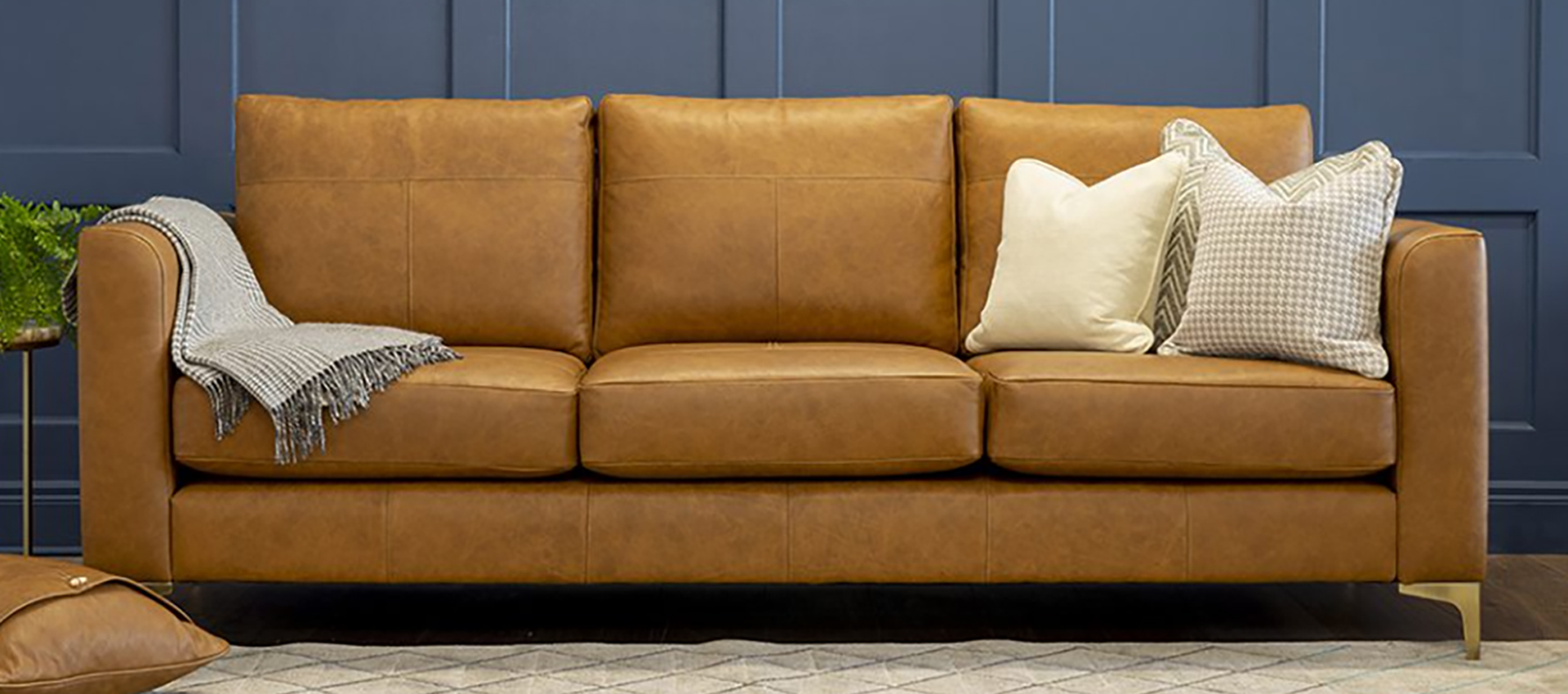
FAQ’s
1. How Many Years Does A Leather Couch Last?
A leather couch can last significantly longer than most fabric couches, with a typical lifespan ranging from 10 to 20 years, and sometimes even longer with proper care. The longevity of a leather couch largely depends on the quality of the leather and the construction of the sofa. High-quality, full-grain leather is particularly durable and can withstand daily wear and tear better than cheaper, lower-grade leathers like bonded leather.
The key to maximizing the life of a leather couch lies in regular maintenance. This includes keeping the leather clean and free from dirt and oils by wiping it with a soft cloth and using a leather conditioner every six months to a year to keep the leather supple and prevent cracking. Avoiding direct sunlight and keeping the couch away from heat sources also helps prevent the leather from drying out and fading.
With the right care, a leather couch can not only last for decades but also improve with age, developing a rich patina that enhances its look and feel. This makes leather sofas a worthwhile investment for those looking for durable, long-lasting furniture.
2. Which Leather Is Best For Sofas?
When selecting the best leather for sofas, top-grain leather stands out as the ideal choice for both durability and comfort. Top-grain leather is the second-highest quality of leather, processed to remove imperfections and strengthen the material, while maintaining the natural beauty of the hide. This type of leather undergoes a finishing process that makes it more resistant to stains and fading, making it especially suitable for furniture that will be used frequently.
Top-grain leather strikes a perfect balance between luxury and practicality. It is softer and more pliable than full-grain leather, which while being the highest quality, can be quite thick and stiff, making it less comfortable for seating. Additionally, top-grain leather is more affordable than full-grain and offers considerable durability, which is essential for the daily wear and tear that sofas endure.
For those looking for a more budget-friendly option without sacrificing too much quality, corrected-grain leather is a viable alternative. It is treated to create a more uniform appearance but isn’t as durable or luxurious as top-grain leather.
3. What Colour Leather Couch Is Best?
The best color for a leather couch depends on your personal style, the existing decor, and practical considerations. Neutral colors like black, brown, and tan are traditionally popular because they easily match various interior designs and hide stains and signs of wear well. Black and dark brown leather sofas offer a classic, sophisticated look and are particularly adept at hiding marks and spills, making them ideal for families with children or pets. Lighter neutrals, such as beige or gray, provide a softer, more contemporary aesthetic and can help make a small room feel larger and more open.
If you’re looking for something that makes more of a statement, bolder colors like deep blue or burgundy can add a unique touch to your space. These colors work well in larger or well-lit rooms and can serve as a focal point for your decor. When choosing a color, consider the room’s lighting, the sofa’s exposure to sunlight (which can cause some colors to fade), and how often the sofa will be used, as these factors can influence the appearance and longevity of the sofa.
4. Do Leather Sofas Hold Their Value?
5. Why Is My Leather Sofa Cracking And Peeling?
Leather sofas may crack and peel due to poor maintenance, exposure to harsh environments, or the use of low-quality leather. Regular conditioning is essential to prevent drying and maintain the leather’s suppleness. Additionally, exposure to direct sunlight or proximity to heat sources can accelerate drying and damage the leather. Bonded leather, made from leather scraps and adhesives, is especially prone to cracking and peeling under normal use. To extend the life of your sofa, keep it conditioned, avoid harsh conditions, and opt for high-quality leather.
Useful Articles
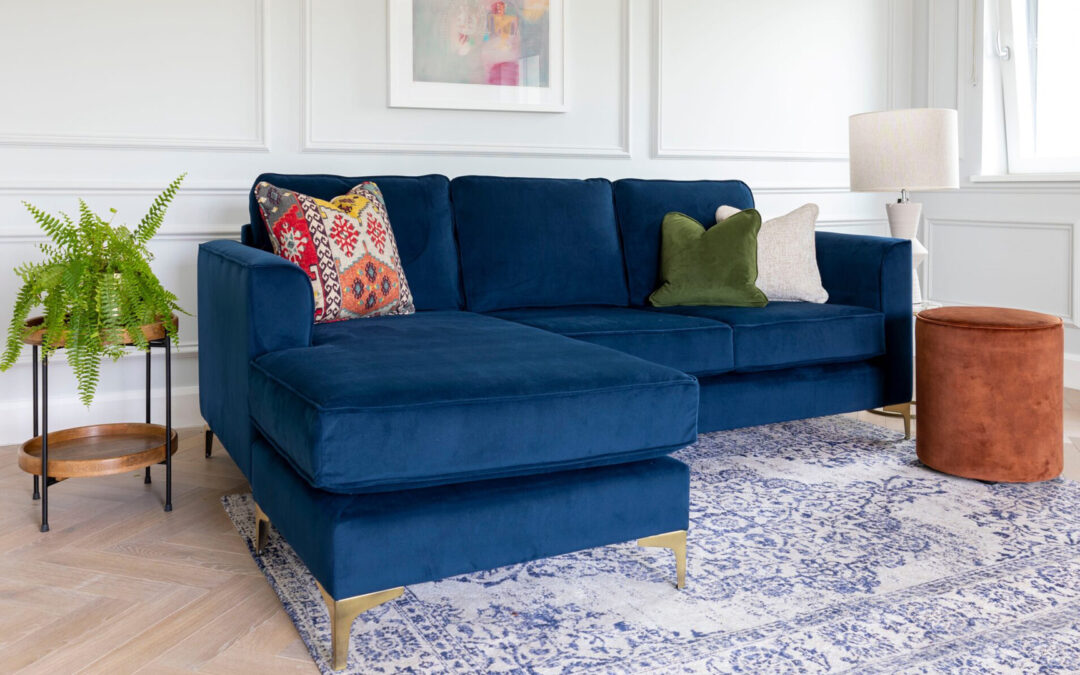
How to Choose a Left or Right Corner Sofa: A Comprehensive Guide
How to Choose a Left or Right Corner Sofa: A Comprehensive Guide Selecting the perfect corner sofa involves not just an eye for style but also a practical consideration of your living space's...
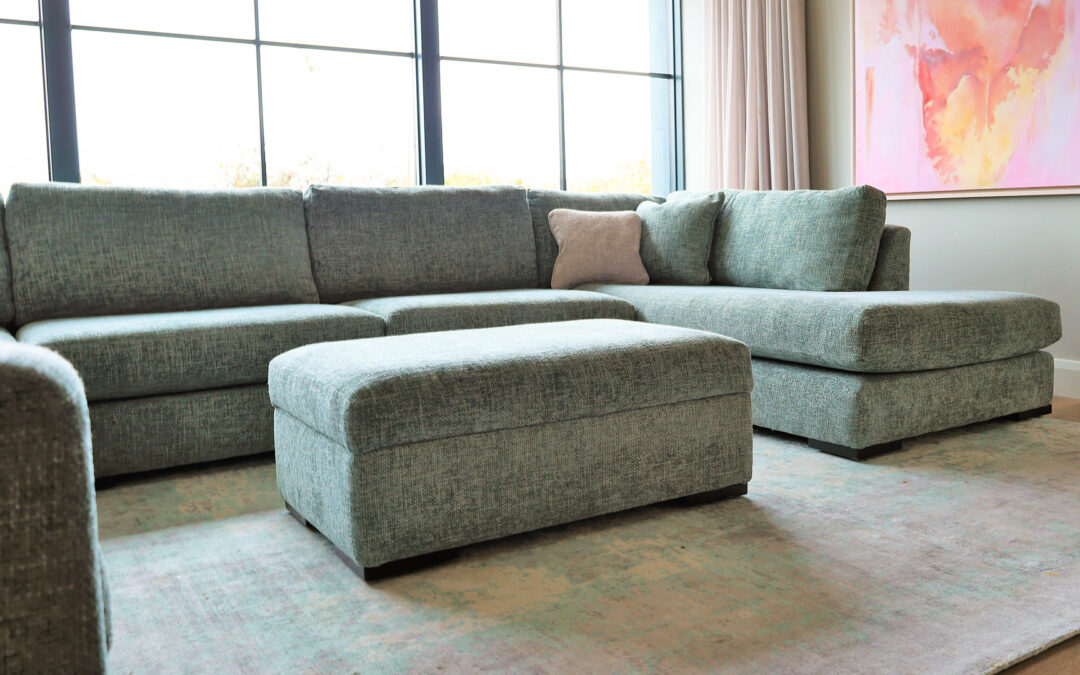
Is a Corner Sofa Worth It?
Is a Corner Sofa Worth It? Evaluating Benefits and Considerations In the quest for the perfect living room setup, selecting the right sofa is crucial because it significantly influences both...
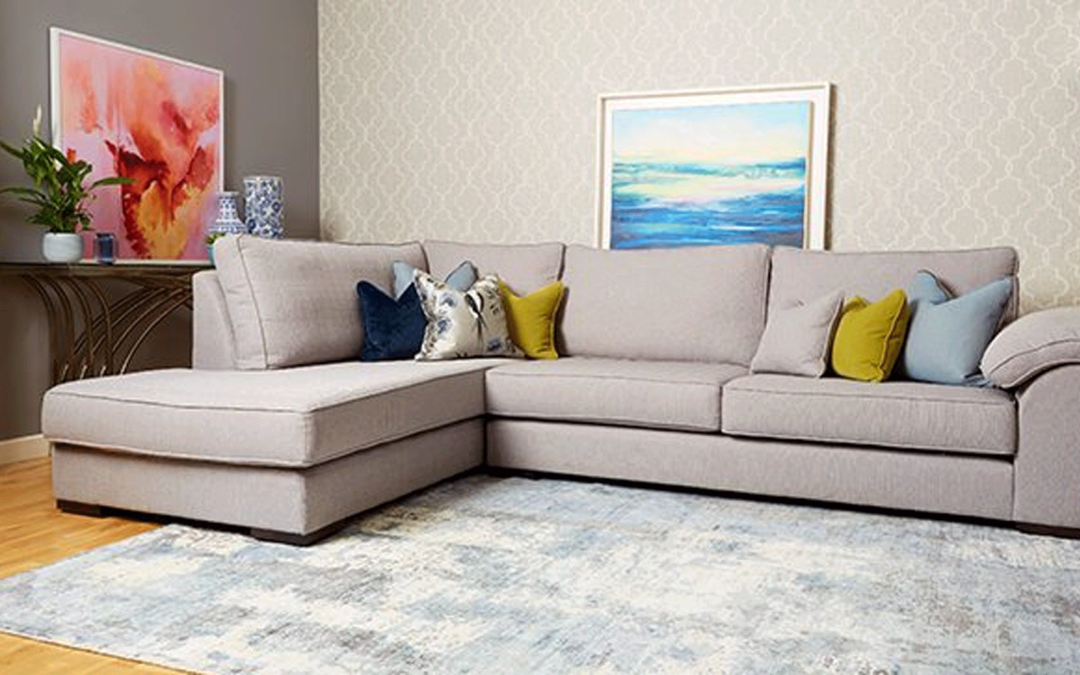
How to Measure a Corner Sofa: A Complete Guide
How to Measure a Corner Sofa: A Complete Guide for the Perfect Fit Choosing the right corner sofa requires more than just an eye for design—it demands precise measurements to ensure it fits...

